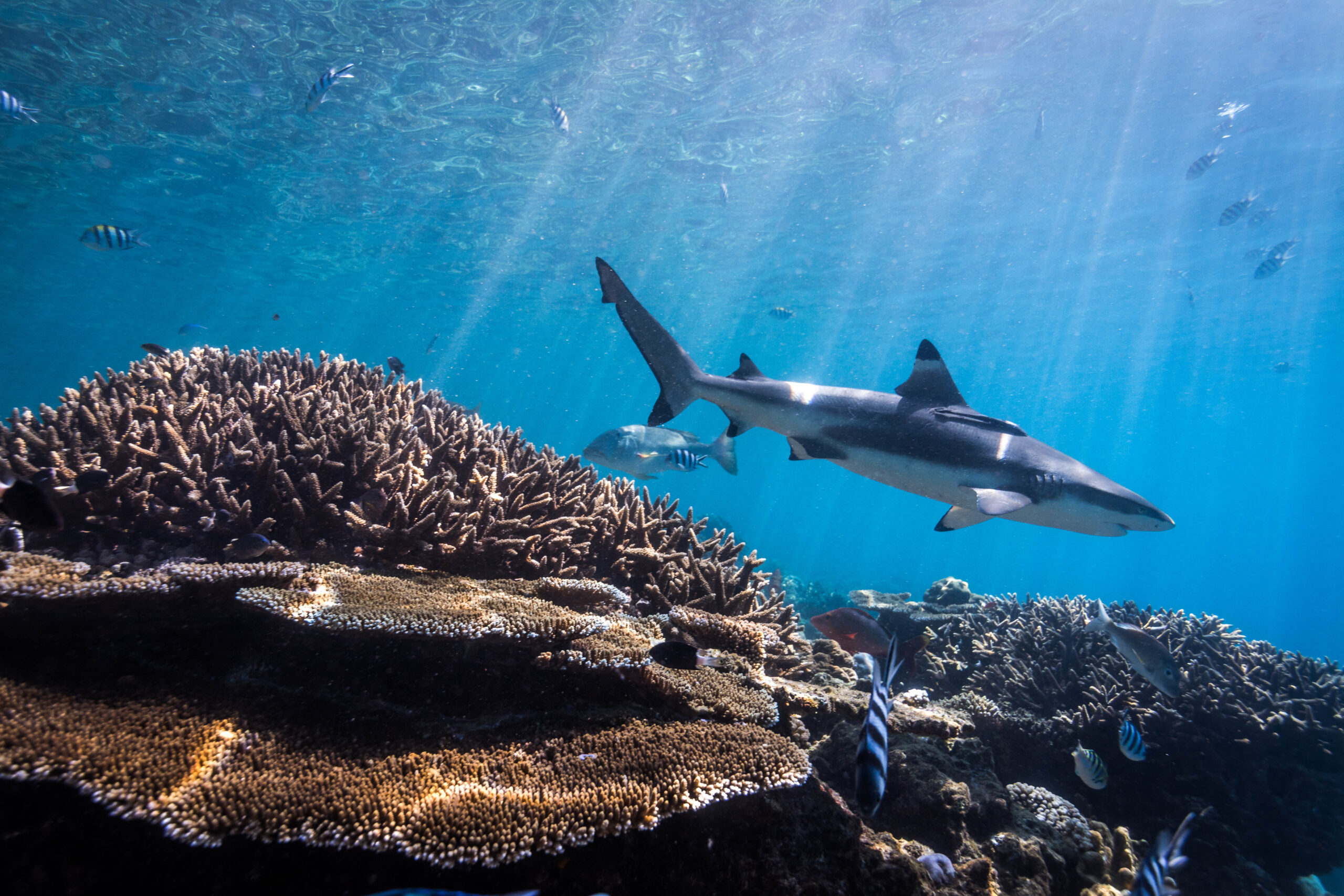Abstract: Coral restoration is becoming increasingly important to sustain declining reefs. The survival rate of translocated corals in restoration projects is around 65%. This rate is, however, highly variable among projects, with success ranging from 0 to 90% and with detachment being a significant cause of mortality. Improving the speed and strength of coral self-attachment would increase survivorship in translocated corals. To address this need, we tested whether fragments of the scleractinian coral, Hydnophora rigida, artificially attached upside-down would self-attach more rapidly to the substratum than those artificially attached the right way up, which is the normal practice. We also tested the effect of three different diets (unfed, normal Artemia, and lipid-enriched Artemia) on coral growth and other biological responses. After 100 days, our results demonstrated that corals fixed upside-down grew significantly wider and faster over the substratum than corals fixed the right way up. A significantly higher number of fragments fixed upside-down were also able to self-attach and grow over the substratum (87%) compared with fragments fixed the right way up (58%). Neither the buoyant weight, height increment, symbiont density, chlorophyll, maximum quantum yield nor colour of corals fixed upside-down differed significantly from corals fixed the right way up. Our data shows that simply inverting the orientation of coral fragments may substantially accelerate the time for self-attachment and increase the survival rate of translocated corals in restoration projects.
Author: Tagliafico, A., S. Rangel, L. Christidis, and B.P. Kelaher
Year: 2018
View Abstract
Email for the full article: resilience@tnc.org
Restoration Ecology. doi:10.1111/rec.12698


